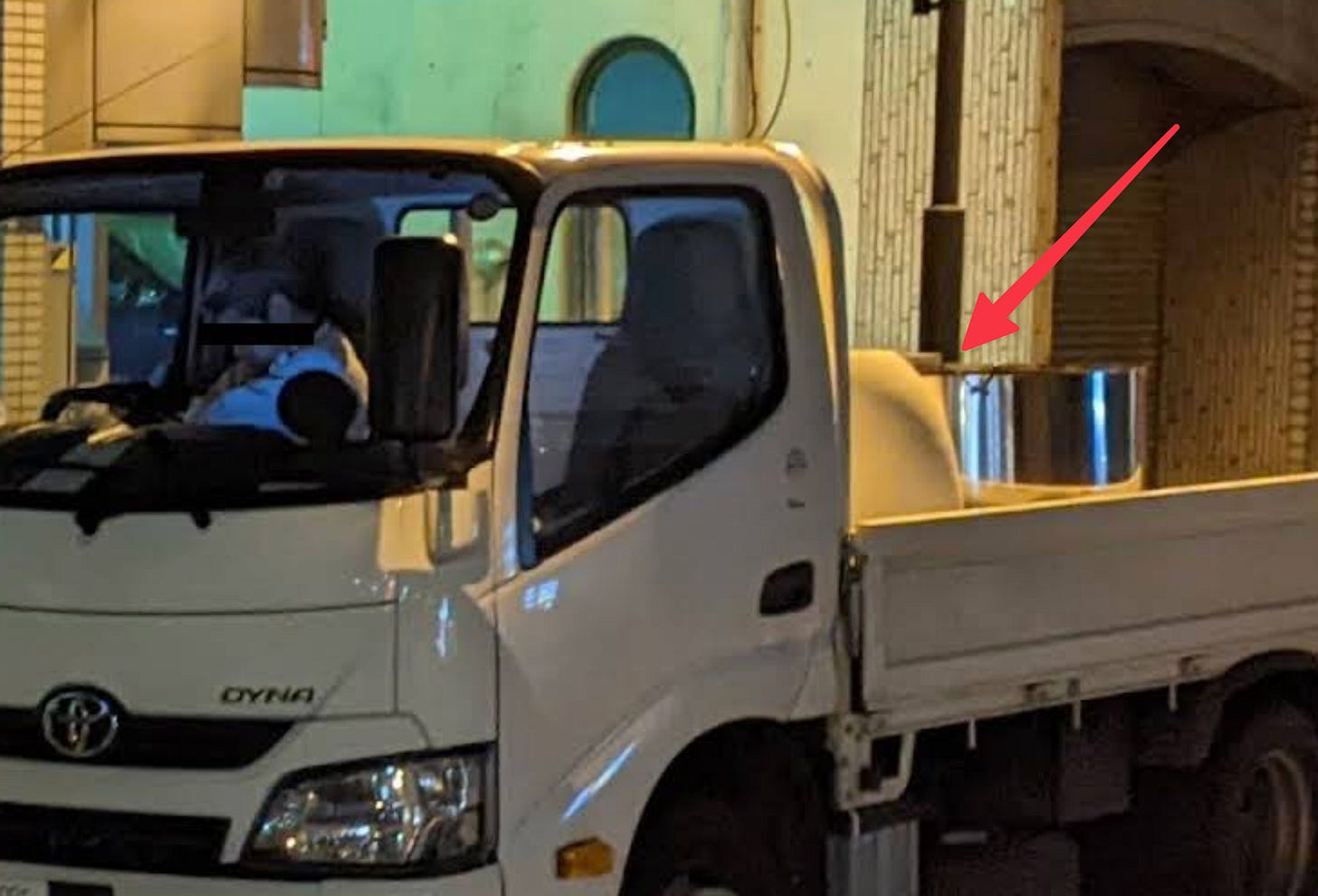Naan-Alignment
Started as a joke. Ended in Japan.
Guys it has been an extremely busy few days. Wow. Just a lot of work calls. And prospective client meetings. So. Much. Business development. So many Google Meets. So many Zooms.
Phew. Very tiring. And I am one of those people who get so enthu on calls that the AI meeting recorder is like: “Bro have you heard of chill? Is there no chill in Kerala?”
Oh! Thank you for asking. Business is going well. Signed a new client just ten minutes ago. Very exciting client. Very exciting Vadukut. Very much work to do.
Why did I start typing? Oh yes. So earlier today while scrolling through Twitter for between-meeting amusement, I thought of a joke.
“Turkey, Pakistan, Afghanistan, Iran and India should form a naan-aligned movement.”
Ha ha. Naan. Very funny. Very bad. But this is how my brain works. I cannot help it. I merely succumb to it. Who are we to know what happens in the brains of handsome men?
But then I realized many people had made this joke before. So I let the feeling pass… but not before opening the Wikipedia page for naan. Which is very good. Then I saw this titbit:
So two things:
They make Tandoors in Japan??
But only one person makes Tandoors in Japan??
I immediately started Googling. And got several results that were exact copies of the Wikipedia page. Verbatim. Then I Googled the name of the company. Nothing.
Immediately my “Is this a Wikipedia fraud?” spider sense started tingling.
But I then let out a sigh of self-disappointment and clicked on some of the citations to the text. And landed on this page from the website of the Sankei Shumbun newspaper.
The article is entirely in Japanese. So I used my friendly AI translator. You can read the Google Translation here.
The article by Akiko Shigematsu is delightful. She visited a South Indian restaurant called Dakshin in Tokyo and appears to have enjoyed a Chicken Chettinad served with naan. Only to be informed that this was an unusual combination.
“In South India, there is no naan. The staple food is rice or dosa, a crepe cooked on a hot plate. As a South Indian, it’s a bit frustrating, but when we opened our store nine years ago, we decided that we needed naan to cater to Japanese customers,” says President Rajkumar Ratha.
Indians are also said to be surprised and laugh at the shape and size of Japanese naan.
“The original naan was round and slightly smaller than the plate. I guess each store competed to stretch the dough to please Japanese customers, and it got bigger.” Lunch at the restaurant, which is popular with office workers, starts at 880 yen. You can have as much naan as you want, and some customers have apparently eaten up to six pieces.
Why was naan-culture in Japanese so… unusual?
…but behind the scenes of their naan, there is a “Japanese-made oven.” “We want to serve good food in a good oven. They can repair it right away with just one phone call.”
So our good friend Akiko goes on a trip to meet the only Tandoor maker in Japan. It is a great story. I am not going to paste it all here. You should read the link above.
The location is Kanda River Stoneworks (Chiyoda Ward, Tokyo), located close to JR Asakusabashi Station. It is the only naan oven manufacturer in Japan. President Tomoyasu Takeda (71) is loading nearly 200 kilograms of ceramic inner pots onto the back of a truck. “Today, we’re delivering them to Indian restaurants in Chiba and Setagaya,” he says.
Each unit costs between 300,000 and 500,000 yen, which is about 10 times the price of imported kilns, many of which are made in Nepal, but the company has shipped a total of 3,500 units to date, supplying approximately 90% of Indian restaurants in Tokyo.
Of course now I had no option but to search out the company on Google Maps and see if there were any pictures.
A few minutes later I had the location and a photo!
It appears that the shop with the mostly-open shutter is… THE ONLY TANDOOR MAKER IN JAPAN.
Look closely at the truck.
OMG. Surely that is a Tandoor? Off to soon make over-sized naans for the Japanese masses?
Anyway. So that is how I spent my afternoon today. How was your afternoon? Was it productive?
Or… naan-productive?
Thanks.





Naan in Japan implies Pizza in Ibiza and Sambar in Dunbar
hahah